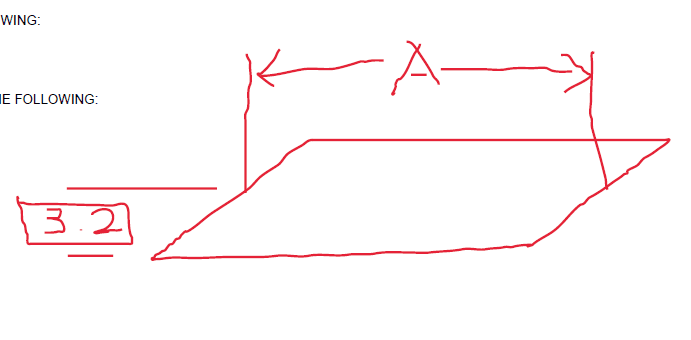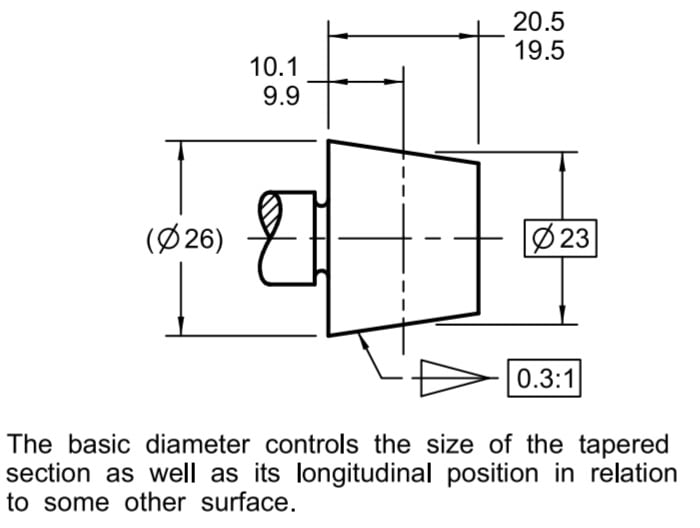rollingcloud
Aerospace
I have a drawing that does this:

I know the standard allows the location of datum targets defined using basic dimension and letting the gaging tolerance act as basic dim's tolerance. But can this be extended to general dimensions?

I know the standard allows the location of datum targets defined using basic dimension and letting the gaging tolerance act as basic dim's tolerance. But can this be extended to general dimensions?

